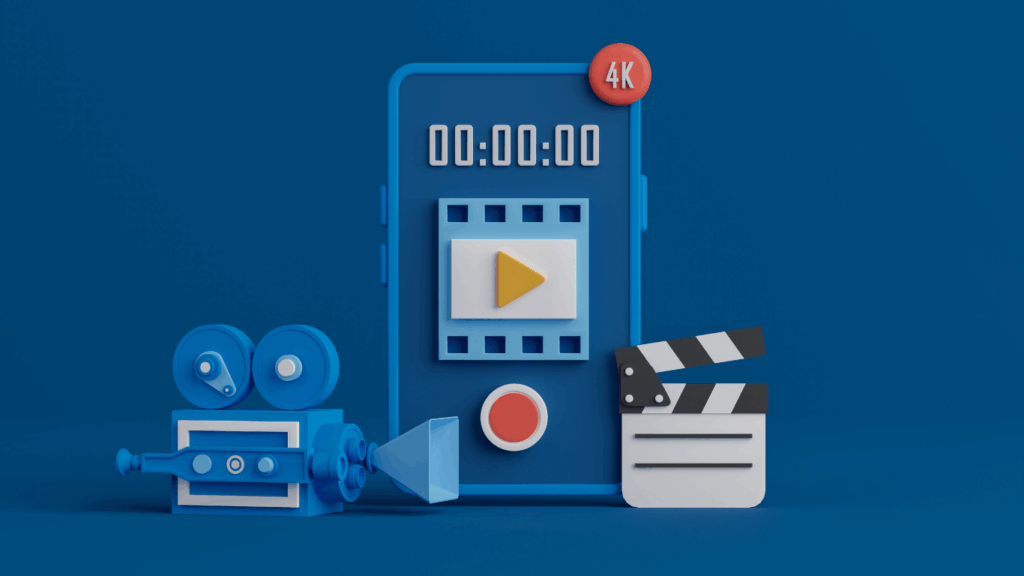In today’s digital landscape, visual content creation has become the cornerstone of successful online marketing strategies. With social media feeds flooded with countless posts every second, brands that master the art of visual storytelling stand out from the crowd and capture their audience’s attention more effectively than ever before.

Why Visual Content Creation Matters More Than Ever
Visual content creation isn’t just a trendy marketing buzzword—it’s a fundamental shift in how we communicate and consume information online. Studies consistently show that visual content receives 94% more views than text-only content, making it an indispensable tool for businesses looking to expand their reach and engagement.
The human brain processes visual information 60,000 times faster than text, which explains why compelling visuals can make or break your content strategy. When you invest in quality visual content creation, you’re not just making your posts prettier, you’re making them more accessible, memorable, and shareable.
Modern consumers expect brands to communicate through stunning imagery, engaging videos, and interactive graphics. Whether you’re sharing behind-the-scenes content, product demonstrations, or educational materials, visual content creation allows you to convey complex messages quickly and effectively while building stronger emotional connections with your audience.
Essential Elements of Effective Visual Content Creation
Successful visual content creation begins with understanding your brand’s unique visual identity. This foundation includes establishing a consistent color palette, typography choices, and overall aesthetic that reflects your brand’s personality and values. Consistency in visual content creation helps build brand recognition and trust among your target audience.
Quality should never be compromised in visual content creation. High-resolution images, crisp graphics, and professionally edited videos demonstrate attention to detail and professionalism. Even with smartphone cameras becoming increasingly sophisticated, investing in proper lighting, composition, and editing tools significantly impacts the final result of your visual content creation efforts.
Authenticity plays a crucial role in modern visual content creation. Audiences crave genuine, relatable content that tells real stories rather than overly polished, unrealistic portrayals. Behind-the-scenes shots, user-generated content, and candid moments often perform better than heavily staged productions in visual content creation campaigns.
Tools and Platforms for Visual Content Creation
The landscape of visual content creation tools has expanded dramatically, offering options for every skill level and budget. Canva remains a popular choice for beginners, providing templates and drag-and-drop functionality that simplifies the visual content creation process. For more advanced users, Adobe Creative Suite continues to be the industry standard, offering comprehensive tools for professional visual content creation.
Mobile apps have revolutionized visual content creation by making it possible to create stunning visuals on-the-go. Applications like VSCO, Lightroom Mobile, and Unfold enable content creators to maintain consistent quality and style regardless of their location or equipment limitations.
Video content has become increasingly important in visual content creation strategies. Platforms like TikTok, Instagram Reels, and YouTube Shorts have made short-form video content essential for reaching younger demographics. Tools like CapCut, InShot, and Adobe Premiere Rush make video editing accessible to creators at all levels.

Strategies for Maximizing Visual Content Creation Impact
Platform optimization is crucial for successful visual content creation. Each social media platform has specific requirements and best practices that affect how your content performs. Instagram favors square and vertical formats, while LinkedIn performs better with professional, polished visuals in your visual content creation strategy.
Storytelling through visuals requires careful planning and consideration of your audience’s journey. Your visual content creation should guide viewers through a narrative that aligns with your brand message and marketing objectives. This might involve creating series of related posts, using consistent visual themes, or developing signature styles that become associated with your brand.
User-generated content amplifies your visual content creation efforts by leveraging your community’s creativity and authenticity. Encouraging customers to share photos and videos featuring your products or services provides social proof while reducing the burden on your internal visual content creation resources.
Measuring Success in Visual Content Creation
Analytics and performance metrics are essential for refining your visual content creation strategy. Engagement rates, reach, saves, and shares provide insights into which types of visual content resonate most with your audience. This data should inform future visual content creation decisions and help optimize your approach.
A/B testing different visual elements helps identify what works best for your specific audience. Testing different color schemes, compositions, text overlays, and calls-to-action in your visual content creation can reveal preferences and patterns that improve overall performance.
Return on investment measurement ensures your visual content creation efforts contribute to business objectives. Whether your goals include brand awareness, lead generation, or sales conversion, tracking relevant metrics helps justify continued investment in visual content creation initiatives.
Future Trends in Visual Content Creation
Emerging technologies continue to reshape visual content creation possibilities. Augmented reality filters, 360-degree photography, and interactive graphics offer new ways to engage audiences and create memorable experiences. Staying current with these trends helps maintain competitive advantage in visual content creation.
Artificial intelligence is beginning to play a larger role in visual content creation, from automated editing suggestions to AI-generated imagery. While these tools can enhance efficiency, maintaining human creativity and authentic brand voice remains crucial for meaningful visual content creation.
Sustainability and ethical considerations are becoming increasingly important in visual content creation. Audiences appreciate brands that demonstrate environmental consciousness and social responsibility through their visual storytelling choices and production methods.
Visual content creation has evolved from a nice-to-have marketing tactic to an essential business strategy. Success requires combining creativity with strategic thinking, quality with authenticity, and consistency with innovation. By understanding your audience, leveraging appropriate tools, and continuously refining your approach based on performance data, your visual content creation efforts can significantly impact your brand’s digital presence and business growth.
Frequently Asked Questions
1. What’s the most important aspect of visual content creation for beginners?
Consistency is crucial for beginners in visual content creation. Establishing a clear brand aesthetic and maintaining it across all platforms helps build recognition and trust with your audience, even if your technical skills are still developing.
2. How often should I post visual content to maintain engagement?
The optimal posting frequency for visual content creation varies by platform and audience. Generally, Instagram performs well with daily posts, while LinkedIn may only require 2-3 posts per week. Focus on quality over quantity and maintain consistency rather than overwhelming your audience.
3. Do I need expensive equipment for effective visual content creation?
While professional equipment can enhance quality, modern smartphones and free editing apps can produce excellent results for visual content creation. Good lighting, thoughtful composition, and consistent editing often matter more than expensive gear.
4. How can I measure the ROI of my visual content creation efforts?
Track metrics aligned with your business goals, such as engagement rates, website traffic from social media, lead generation, and conversion rates. Many social media platforms provide built-in analytics to help measure your visual content creation performance.
5. What’s the biggest mistake to avoid in visual content creation?
The biggest mistake is inconsistency in brand presentation. Mixing different styles, colors, or messaging without strategic purpose confuses audiences and weakens brand recognition. Develop clear brand guidelines for your visual content creation and stick to them consistently.



